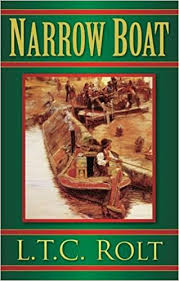I build my Steam Highwayman open-world gamebooks from the map upwards. Since discovering the National Library of Scotland’s georeferenced historical maps, I’ve used the OS six-inch 1888-1913 as inspiration and reference, and for the last couple of weeks I’ve been poring over Dartmoor.

It’s a place of legend and myth, prehistory and geology, industrial archaeology and military remains. There’s simply too much of interest to include everything in Steam Highwayman IV: The Princes of the West.
So I’ve begun by creating the navigational network underneath the events. This means planning and writing around eight key locations that are linked together to represent the vast expanse of Dartmoor itself. However, things become more complicated following that.
I don’t mean for the reader to simply be able to steam up onto the hill and tear about: Dartmoor is too treacherous for that. Neither do I want a constant series of MOTORING checks – particularly as the skills of riding a heavy velosteam over the moor, navigating across the various watersheds and steaming over the uneven ground are unlike the classic road-focussed skills I normally represent with that attribute. So instead I’m using secret links and tickboxes: on the first arrival at some of these locations, details are given about them. Returning to that passage, the book will presume that the reader knows what is going on and where they are… if you remember! After exploring for long enough, you may even be able to gain a knowledge of Dartmoor good enough to unlock secret routes across it, opening up much greater options for fast travel and getaway.

But I’m still leaving space for events and quests to happen here. Perhaps a certain glow-muzzled dog might track you in the mist, or one of the several stone circles prove to hold more than moonlit grass within it. But these can come later. For now, the navigation has to work and then onto this backing the extra events can be embroidered. I’m toying with the idea of using visible options unlocked by a variety of common-to-rare possessions.
One knot of passages is formed by the base you can build at Merripit Barn. Hideouts are going to be ever more important in SH4, and having one tucked away in the west may be just what you need. Some of the options here are generic, sending the reader off into what Brian Hazzard called a ‘subroutine’ loop when he interviewed me about this some time ago (warning: contains unpopular opinions about the repetitive nature of Fantasy gamebooks!). And these are crucial to preventing bloat within the gamebook while allowing the game part to really flourish – essentially the idea that you should be able to do the same thing at different locations. At Merripit Barn you can rest, treat your wounds, mend your velosteam, train your pet raven and all the other things a self-respecting road pirate does on their day off.
And Merripit Barn is just the right place at the right time: I needed a location that was on the edge of a location on the edge of Dartmoor, isolated but only a turn or two from one of my busier routes. Some time poring over the NLS’s maps and I found what I needed.
I’m hoping that before publishing SH4 I’ll have a good chance to revisit Cornwall and West Devon – and if I do, I’ll go and see what is actually going on at Merripit Barn.
If you haven’t seen the video revealing the draft SH4 planning map, here it is again… this time, with music courtesy of @ramonsole5729 and Cubus Games.

















